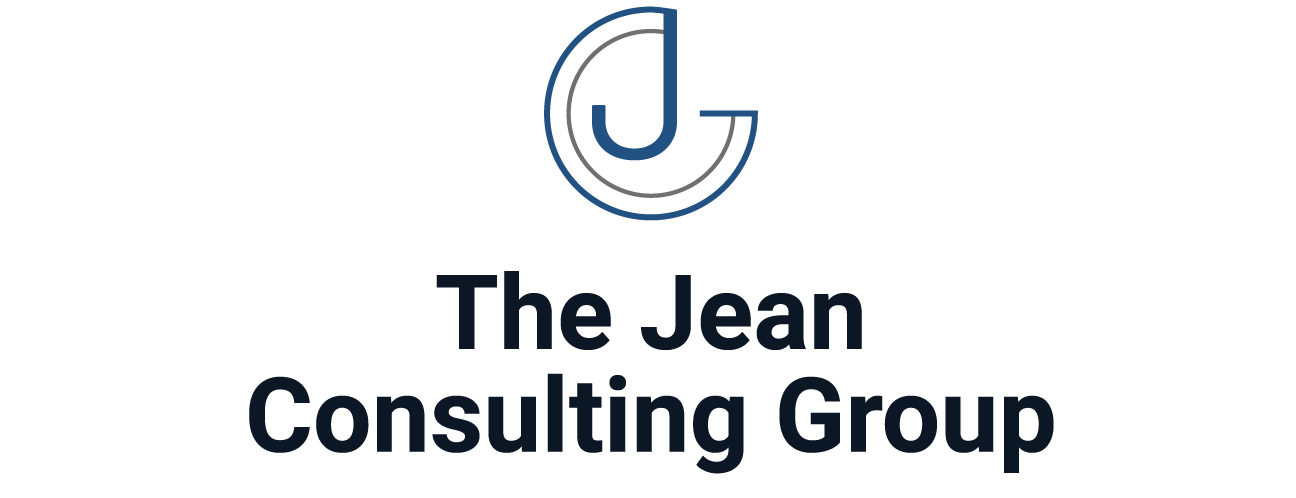In today’s global business environment, fostering a diverse and inclusive workplace is not just a moral imperative but a strategic advantage. The development of organizational policies and handbooks presents a unique opportunity to embed diversity and inclusion (D&I) initiatives at the core of corporate culture and operational practices. This article examines the importance of integrating D&I principles into policy and handbook development, offering guidance on creating documents that not only comply with legal requirements but also promote a genuinely inclusive workplace.
The Role of Policies and Handbooks in Promoting D&I
Policies and handbooks are foundational elements that articulate an organization’s values, expectations, and norms. When thoughtfully developed, these documents can serve as powerful tools for promoting diversity and inclusion by:
- Setting Clear Expectations: Policies provide a framework for behavior and decision-making, setting clear expectations for inclusive practices and zero tolerance for discrimination.
- Educating Employees: Handbooks can serve as educational tools, informing employees about the importance of diversity and inclusion, and providing guidance on how to support these initiatives.
- Creating Accountability: Clearly articulated policies and procedures related to D&I create accountability mechanisms for both employees and management, ensuring that D&I principles are upheld throughout the organization.
Best Practices for D&I Integration into Policy & Handbook Development
To effectively integrate diversity and inclusion initiatives into organizational policies and handbooks, consider the following best practices:
- Comprehensive Coverage: Ensure that D&I principles are woven throughout the policies and handbook, rather than isolated in a single section. This includes non-discrimination policies, equal employment opportunities, accommodation policies, and anti-harassment guidelines.
- Inclusive Language: Use language that is inclusive of all genders, cultures, and backgrounds. Avoid assumptions about family structures, disabilities, or cultural norms.
- Representation and Participation: Involve a diverse group of employees in the policy and handbook development process to gain a broad perspective and ensure that various viewpoints are considered.
- Clear Communication of Resources: Include information about resources and support systems available to employees, such as employee resource groups, counseling services, and mechanisms for reporting discrimination or harassment.
- Regular Review and Update: Commit to regularly reviewing and updating policies and handbooks to reflect changes in laws, societal norms, and organizational practices related to diversity and inclusion.
Strategies for Effective Implementation
The successful implementation of D&I-focused policies and handbooks requires strategic planning and ongoing effort:
- Training and Education: Provide comprehensive training for all employees on the D&I policies and principles outlined in the handbook, emphasizing the importance of these initiatives to the organization’s success.
- Leadership Endorsement: Ensure strong endorsement and modeling of D&I principles by leadership. Leadership’s active support is crucial for fostering an inclusive culture.
- Feedback Mechanisms: Establish feedback mechanisms that allow employees to voice concerns, suggest improvements, and share experiences related to D&I initiatives.
- Measurement and Accountability: Implement metrics and accountability measures to track progress on D&I initiatives, using insights gained to refine policies and practices continually.
Conclusion
Integrating diversity and inclusion initiatives into policy and handbook development is a critical step in building a workplace that values and leverages the richness of diverse perspectives and backgrounds. By setting clear expectations, providing education, and creating a framework for accountability, organizations can foster an environment where all employees feel valued, respected, and empowered to contribute to their fullest potential. As the business landscape continues to evolve, those organizations that embed D&I principles into the fabric of their operational and cultural practices will be better positioned to thrive in an increasingly diverse and competitive global market.



